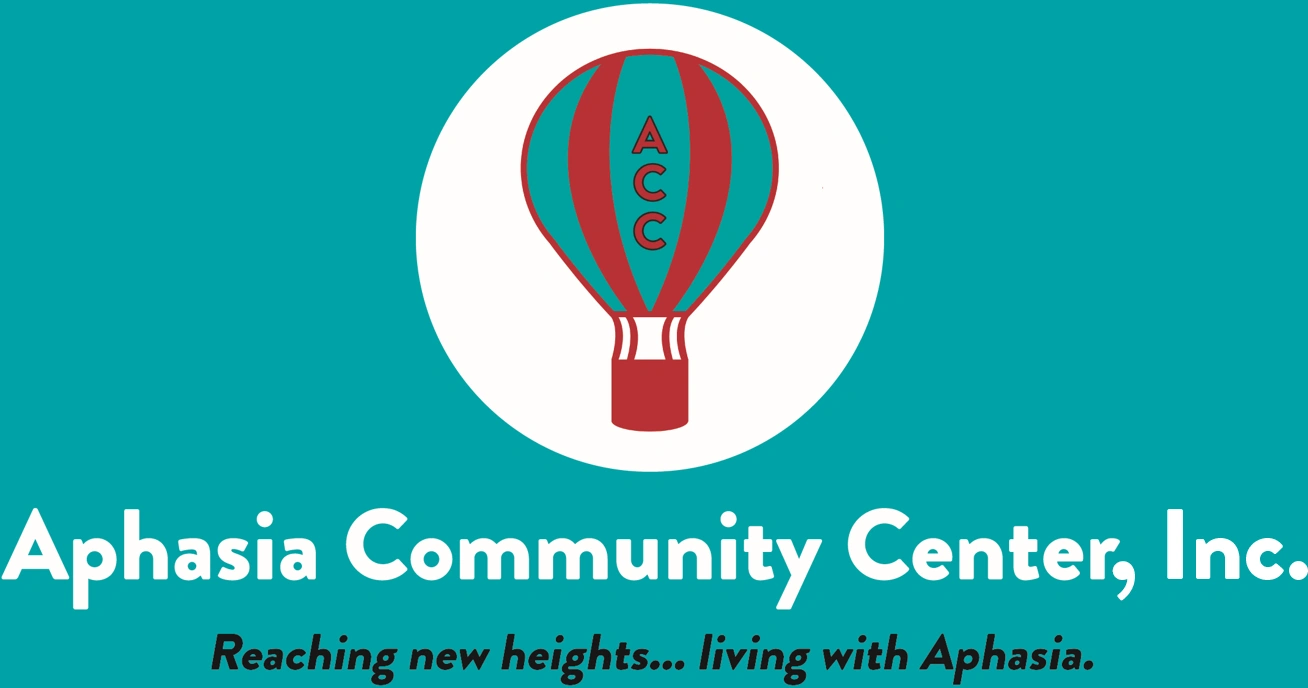What is Neuroplasticity? In stroke recovery, neuroplasticity is the brain’s ability to rewire or reorganize itself after injury. The person with Aphasia can make the most of recovery by repeatedly using the injured parts of the body and mind outside of their therapy sessions. Neuroplasticity doesn’t mean one can constantly practice and accomplish every task. Stroke is much more complicated than that.
Different parts of the brain control different body functions. The brain adapts better to some areas of damage than others. If you want to learn more about your particular stroke, ask your neurologist precisely what areas of your brain were affected. You can further improve your recovery by specifically targeting the weaknesses caused by your stroke.
The Ten Principles of Neuroplasticity (Kleim and Jones, 2008) are described by Constant Therapy. This online company offers speech therapy apps.
- Use it or lose it.
- Use it and Improve It.
- Be specific, applying the exercise to the skill you are learning or working on.
- Make your activities meaningful to you. If you don’t like to go fishing, then fishing is not the thing to do.
- Practicing and learning one skill can make other related abilities easier.
- Using shortcuts or bad habits can interfere with progress.
- Improvement speed will vary at times. Sometimes improvement is seen right away. Sometimes recovery takes a long time.
- Neuroplasticity exercises are better sooner than later but can create improvement anytime.
- Practicing frequently and consistently is vital. It is easy to lose a skill if you don’t practice.
- The intensity of exercises can be changed by increasing the number of times, time spent, or difficulty level.
(This is an abbreviated version of the 10 Principles list. For the downloadable infographic, click here: 10 Principles of Neuroplasticity_V2 (constanttherapyhealth.com)
Because neuroplasticity is experienced differently by each person, it is a good idea to try assorted things. Ensure the chosen activities engage the senses, movement, and thinking. Here are some ideas that could help improve neuroplasticity for persons with Aphasia:
- Attend speech therapy. Therapy with a speech-language pathologist is the most common treatment for Aphasia.
- Reading and writing. Reading the newspaper and journaling are great ways to practice language skills.
- Word games like crossword puzzles and word searches help the brain with memory, recall, and visual-spatial scanning.
- Art and music, whether appreciating or creating, have many benefits.
- Learning a new skill, like playing a musical instrument, encourages your brain to create new pathways.
- Mindfulness and meditation can help reduce stress and anxiety.
- Board games help with problem-solving, memory, word, and mathematics skills.
- YouTube has many videos with exercises a person can watch to help with neuroplasticity.
It can be tricky to know if these ideas work for you; however, you can track your progress by recording your scores and feelings after each activity session. You can also try different activities to see which ones personally work best. In addition, the time it takes to see results from these exercises can vary depending on the individual.
All change takes effort and time—continuous effort every day can make a big difference!

